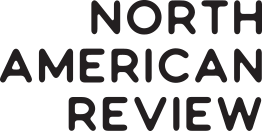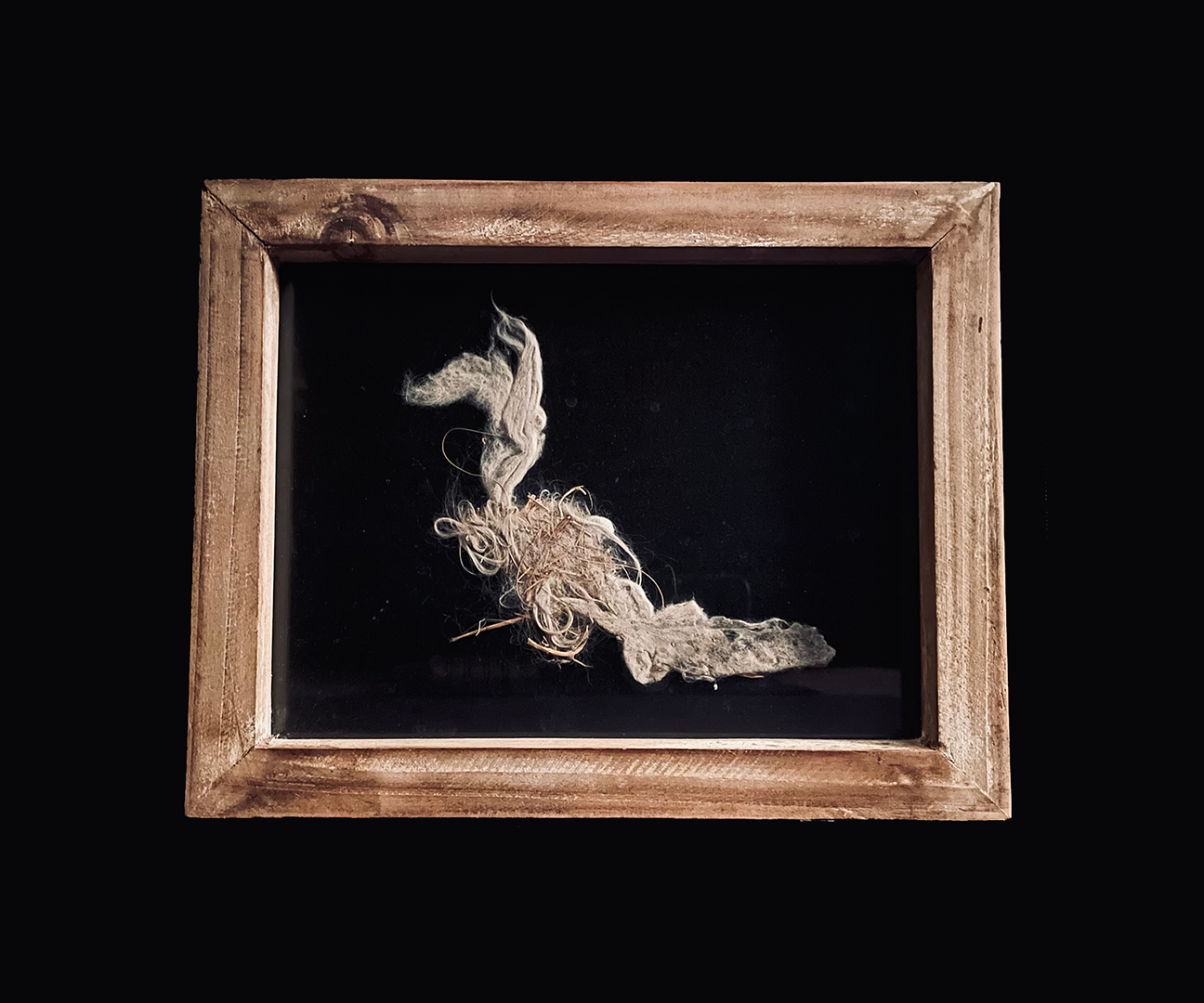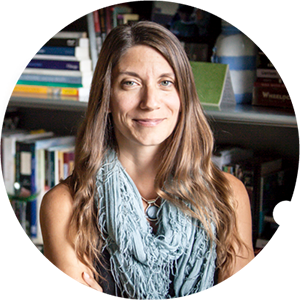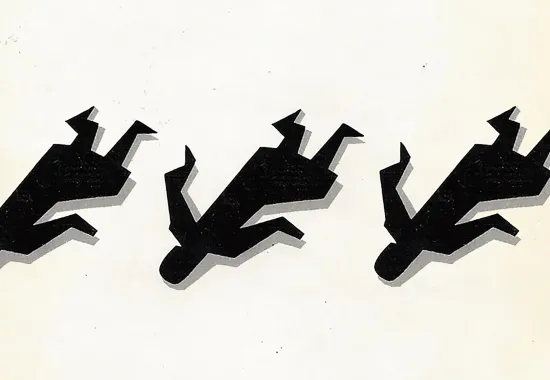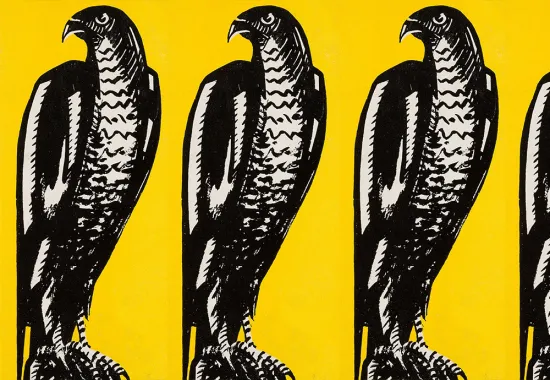What the Birds Showed My Wounded Child, My Adaptive Adolescent, & My Wise Adult
Some mornings I let my wounded child believe the birds are walking with us (with me and my dog, though certainly she believes they’re here for her, since birds are clearly not so much fans of dogs). It’s the morning after Christmas, and it marks the tenth that I’ve spent without a home to return to and without family who’ve known me all my life to laugh and dance or even to fight with, which was often the case by the end of any evening spent in my family home, dysfunctional as we were. My isolation is mostly a choice, though to be alone, even when it’s more peaceful, requires adjustment. So when my wounded child needs to believe birds are there for her, like this morning when they keep step with us, flitting en masse from tree-to-tree, street-to-street, I listen to her and to the birds.
In 2018, I began “Why to Crochet” in keeping with a series of “Why to…” lyric essays (the first of which was “Why to Run Racks,” pinning my upbringing in domestic violence against my love of billiards, which is a meditative act that has historically eased my body’s trauma). To follow the initial essay’s segmented A/B pattern allowed me to explore another way that I have, for much of my adult life, tended my trauma, since crocheting is EMDR, and it also gave me a way to look at the sexual trauma and repressed memories without staring head on. Even still, the early sections of the essay stalled. The content was just too much for me to handle then. It wasn’t until two birds fell from winter sky that I could see how the essay needed to end (though before I revisit my pandemic birds
I need to detour back to my first bird). Early 2000s: a young, single mother under deadline for a summer feature writing class sends her sons outside to play, so she can write. Within five minutes, her oldest is back, “Mom, I’m sorry to bother you, but do we have pirate birds in this area?” Sigh. If you’re not rolling your eyes at least a little, you’ve never been a single mother with a writing deadline. To say I felt trapped by life would be the irony. Yet I was led outside to find a Blue-Crown Conure perched in our pine, a hawk circling overhead. There went the day. I offered seed, water, my hand. Nothing worked. He banged into the door but wouldn’t fly in. Only once I placed a pet carrier on the ground did that winged thing fly to that cage, walk in, turn, and wait for me to lock the latch.
Metaphor so heavy I should’ve wept. The birds came sky to sidewalk on January 31, 2020, the day after my first somatic breakthrough in therapy, though anyone who’s done such trauma work knows, a breakthrough can be abundantly painful. When I stumbled upon two birds falling from the kind of winter sky that threatens never to let light through again, I was drained, if in less physical pain, the way your guts feel after a mean flu—nothing left to give but almost open to the possibility of future nourishment. Those sparrows—tethered together in peril by trash they used to make a home, who let me help them on the concrete steps of a duplex built in a hill just like the duplex where my parrot found me—understood stuck. But you can’t get loose if you can’t (or aren’t ready to) tug the knot.
My wounded child wasn’t safe even en utero, my adolescent adapted by assuming the role of a gorilla, and my wise adult, if we will, is learning oh-so-very-slowly the necessity of quiet stillness.
Normally I cannot write toward an ending; I believe in the authentic approach to essaying (“to attempt” as the literal translation would have it), though maybe in this case I needed the safety of that clarity in order to work through the sections that would bring me there. Maybe I’m giving a good deal of credit to artifice and to nature as ways to avoid being proud of myself for doing this difficult work, which would mean having to say this is difficult work in a difficult life, which isn’t in keeping with the unspoken rules of my Midwestern upbringing, a working class mentality to muscle through, or with what my adaptive adolescent needs in order to feel like we aren’t trying to muscle her out of this body altogether. She needs us to remember: if not for her, none of us would be here.
All of us have a child, a teen, and an adult self, and maybe each of our child parts need safety, each of our teens seek justice, and our adults want peace, whatever that means to us. Given my early exposure to domestic violence, my three are uncomfortably distinct yet constantly talking on top of each other. My wounded child wasn’t safe even en utero, my adolescent adapted by assuming the role of a gorilla, and my wise adult, if we will, is learning oh-so-very-slowly the necessity of quiet stillness. Most folx know fight or flight, but lesser known are fawn (to please the threat) and freeze (to dissociate and/or to go immobile). In extremes, freeze means an inability to react or communicate, though I’ve functioned much of my life in freeze (when I wasn’t in fight mode) in order to survive.
I’ve said birds have found me. I’ve told myself they needed me. But this morning, nineteen years to the day after I found my parrot dead (quite literally scared to death) against the back wall of a Christmas skateboard box—the bird who stayed with me for years, who I was supposed to make safe (just as parents are meant to make babies safe), but who in the end I failed to protect from my ex’s dog and my ferret (all predators in our house)—I see now (even as these heavy-handed metaphors try to kill me) it was me who needed help: little me needing to feel less alone, still hoping to be made safe in a violent home, middle me needing to let go, set down these ready fists, stop hauling the whole load alone, and me, here now, just wanting to feel understood, having more than once felt the birds knew.
When I finally finished that tender essay in 2022, I sent it to the Terry Tempest Williams Creative Nonfiction Prize, and it was selected as a finalist and accepted for publication. I was beyond thrilled for this particular piece to find such a good home, where it received such care, so when the winter 2023 issue dropped, I was upset with myself for missing a proof edit most likely suggested based on the essay’s winter setting rather than a familiarity with trauma responses. Maybe no one questioned why I was “frozen” in the essay’s end, though the distinction is essential for me (and the birds). And the revision simply didn’t sing the same. In the end, the final segment should read: “Even in freeze, I see the strange gift of what just happened, the ways we get tethered and flail desperately to be free.”
Thank you to Jeremy Schraffenberger at NAR for allowing me to address this edit so completely.
Read “Why To Crochet” from the Spring 2023 issue.
Recommended
A Behind the Scenes Look at Art Selection and Cover Design for the NAR
“Doubling and the Intelligent Mistake in Georges Simenon’s Maigret’s Madwoman”
Dashiel Hammett’s The Maltese Falcon: Point of View and Playing with the Poetics of Uncertainty

